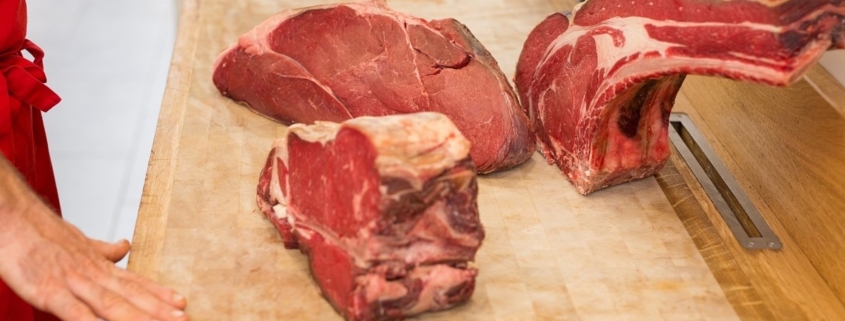What is Dry-Aged and How Does it Affect Meat Quality?
Dry-aging is a process that enhances the texture and flavor of meat. It is a technique used by meat experts to improve its qualities, achieving a more tender texture and a deeper, more intense flavor.
What Does the Dry-Aging Process Involve?
The dry-aging process consists of letting the meat rest in a controlled environment of temperature, humidity, and ventilation for a period of 20 to 60 days (or even longer in some cases). During this time, two key changes occur:
- Moisture evaporation: This concentrates the natural flavor of the meat, making it more intense.
- Natural enzyme activity: These enzymes slowly break down muscle fibers, making the meat more tender and juicy.
The meat is stored in special chambers where humidity is maintained between 75% and 85%, and the temperature stays between 0 and 4°C, preventing the growth of unwanted bacteria.
How Does Dry-Aging Affect Meat?
The result of dry-aging is meat with unique characteristics:
- Increased tenderness: As muscle fibers break down, the meat becomes softer and easier to chew.
- More intense flavor: With less moisture, the taste becomes more concentrated, with hints of nuts and butter.
- Improved texture: It strikes a balance between firmness and juiciness.
This type of meat is highly appreciated in fine dining restaurants and by premium meat lovers. If you’re looking for an exceptional gastronomic experience, dry-aged meat is a choice worth trying.



